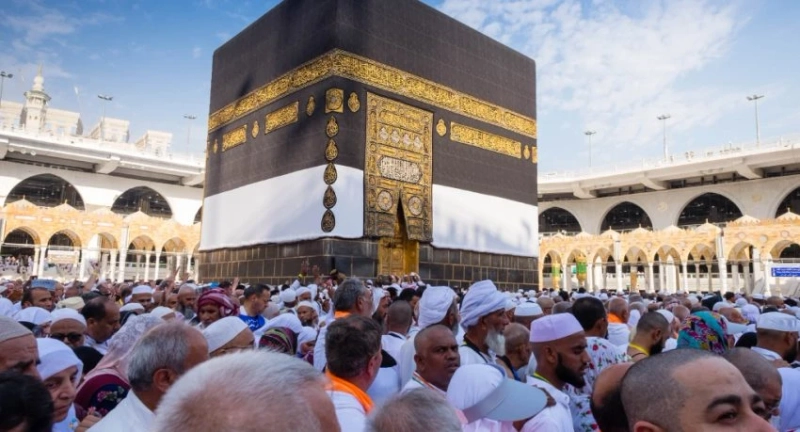The smaller pilgrimage known as umrah was established in 629 A.D. After agreeing to a covenant with the Arab pagans who had seized control of Makkah and the Holy Land, the Holy Prophet (PBUH) and his 2000 companions were given permission to enter Makkah. No one was to be kept hostile, and Muslims might only visit Makkah for three days a year, according to the pact. In order to keep the two nations in peace, the treaty was struck. It was a 10-year pact, but it only lasted for two years due to attacks on Muslims by allies of non-believers, with just a few Muslims dying in the process. During this onslaught, the Holy Prophet (PBUH) declared the suspension of the peace agreement. Muslims have been growing in strength and numbers up to this point. Prophet Muhammad SAWW marched toward Makkah after the assault with an army of 10,000 Muslims. The Makkan chiefs submitted as anticipated. The Prophet (peace be upon him) pardoned them after retaking Makkah. Due to the Muslims' immense effort and sacrifice in obtaining their Holy Land, umrah has always been a trip of great significance. Every year, millions of Muslims make the Umrah. Muslims all around the world prefer to go with Umrah tour groups, particularly those who reside in non-Muslim nations. Different Umrah Packages 2024 from London are offered by tour companies in London. One may make a decision based on their preferences and finances.
Every Muslim completes their Umrah by doing the four noble rites.
IHRAM
The official "intent" to conduct Umrah is known as Ihram. Before entering the fold of the Ihram, each person is required to change into clean clothing and conduct ghusl to purify his body of any impurities. Women are permitted to wear any sort of garment that fully covers the body and the head, whereas males are required to wear the rida and the izaar, two different types of clothing. The required prayer, or two rakahs of the Sunnah, should be said in the direction of the Holy Kaaba after the person has finished the Ghusl and washed himself, at which point the individual formally enters the Ihram. Before leaving for Meeqat in Makkah, the individual must be in Ihram. Once he enters Ihram, any perfume or similar substance is forbidden.
TAWAAFMaking the intention and performing the Umrah prayer, you must begin the Tawaaf from the Hajar Al-Aswad, which should be on your right side facing the Kaaba. When you go to Hajar Al-Aswad, put your face between your palms and delicately touch and kiss it. Due to the large number of pilgrims, there is a good chance you will not have the opportunity to touch or kiss Hajar Al-Aswad. In this case, just raise your hands with the palms towards Hajar Al-Aswad, assume your hands and face contact her, say "Bismillahi Wallahu Akbar," and kiss your palm. The Kaabah is on the pilgrims' left side, thus they must do seven circuits of Tawaaf (circling it). During this time, the right shoulder must remain exposed. Tawaaf must be executed in the first three rounds more quickly and with fewer steps.
The pilgrim should do two rakah of prayer behind the Muqaam e Ibrahim after the Tawaf. If it is difficult to pray in this area, the pilgrim may offer the prayer anyplace in the mosque.
The next step for the pilgrims is to go to Safa's hills and climb them to a point from where they can see the Kaaba. As they turn to face the Kaaba, pilgrims lift their hands in supplication to Allah (SWT) for any needs, desires, or duas. Seven rounds of reciting duas and performing dhikr while moving between the Saffa and Marwah hills are required.
GETTING HAIRCUT
After seven rounds, each participant's hair must be trimmed. Men must have their heads entirely shaved or their hair must be cropped uniformly all around the head. The length of a woman's hair should be as long as her fingers.
By obtaining a haircut, the pilgrim declares his Umrah to be complete. After completing Tawaaf and Sa'ai and after entering the Ihram, this is done.



